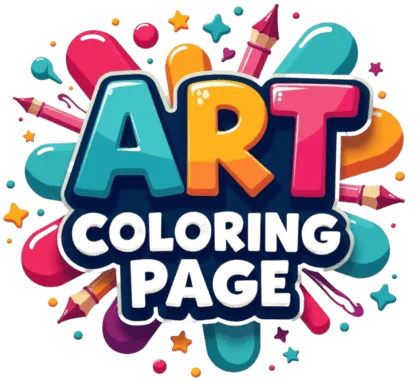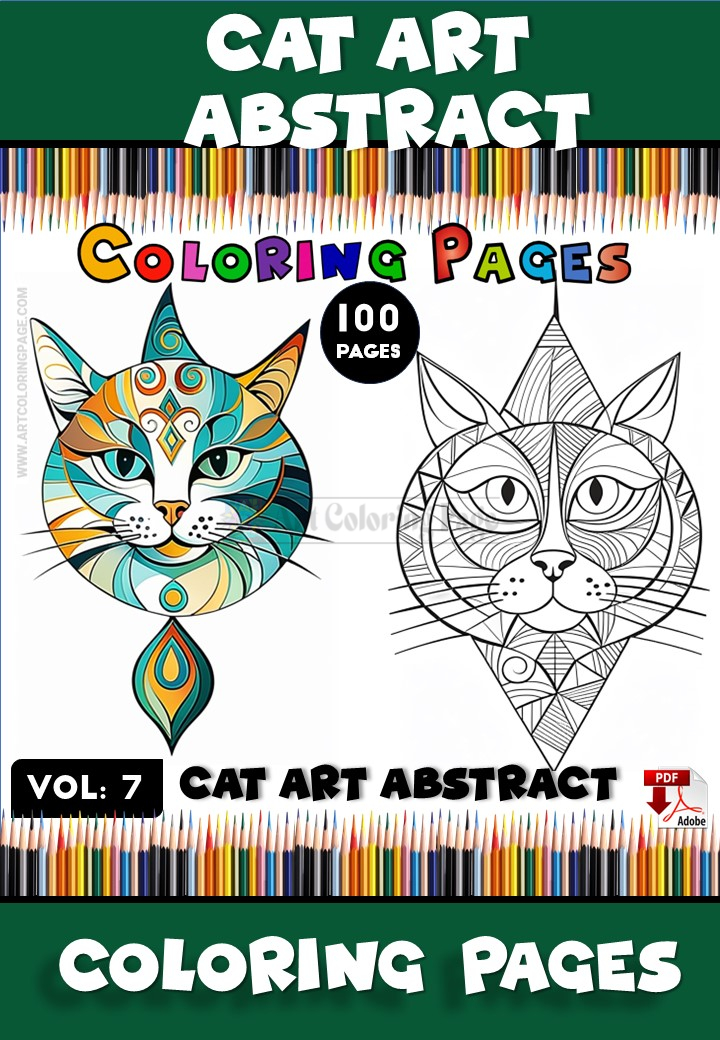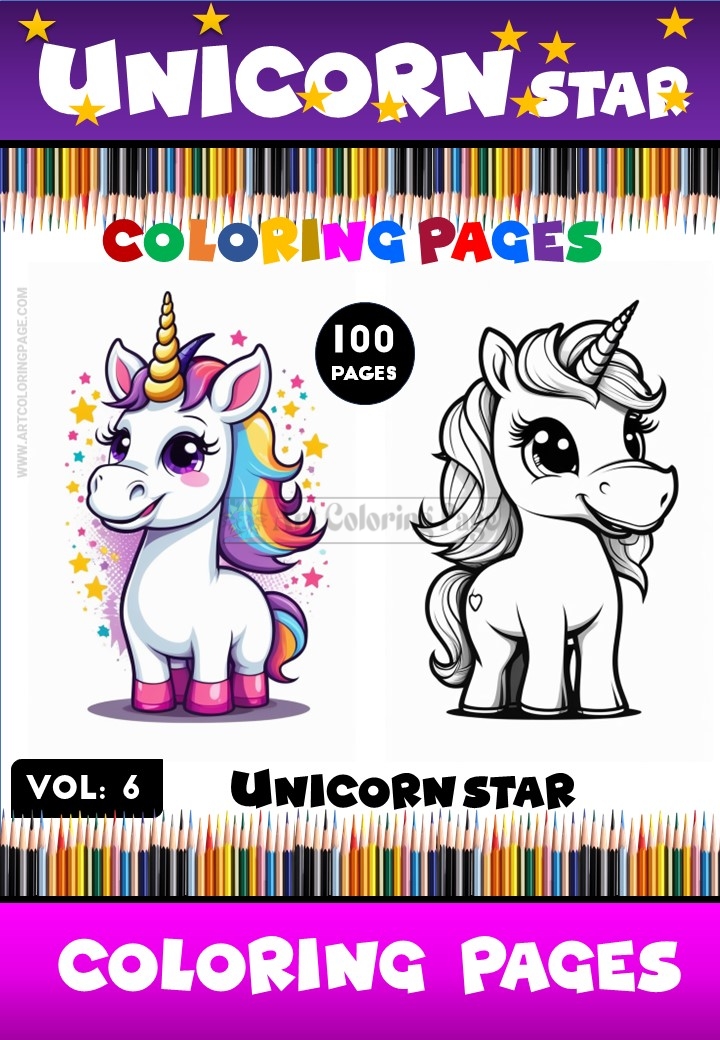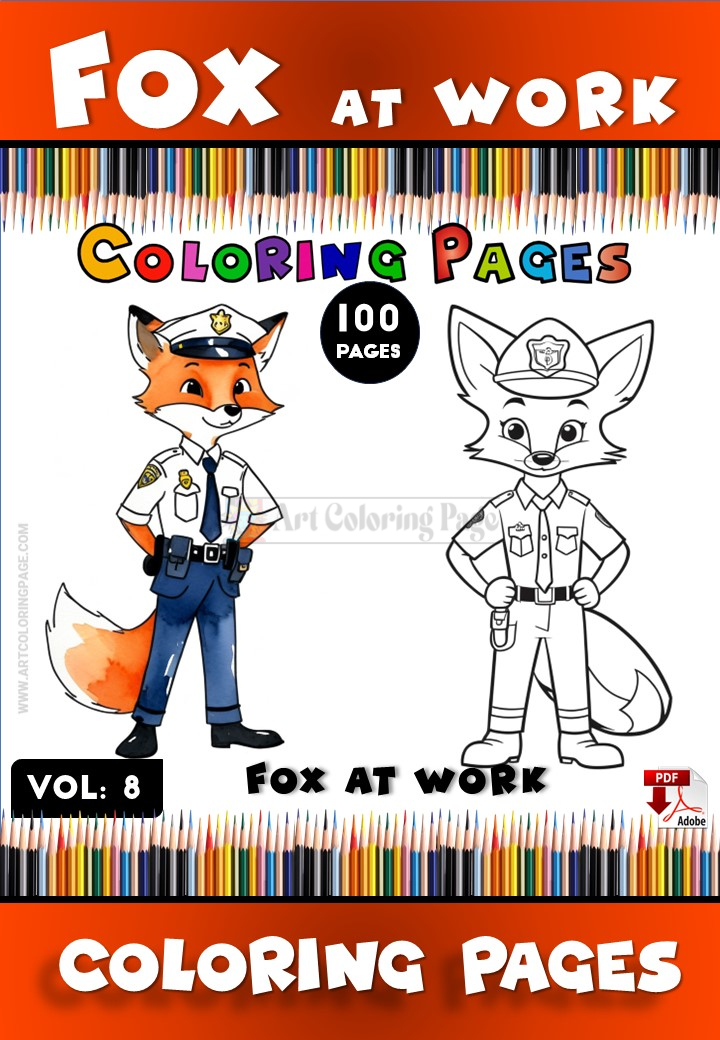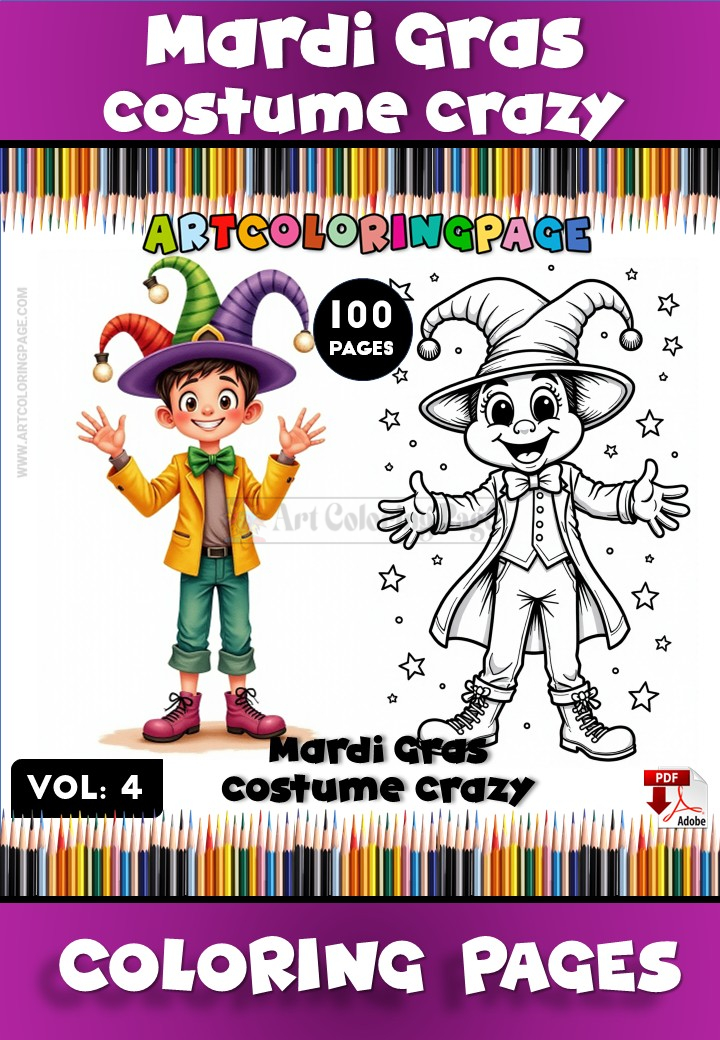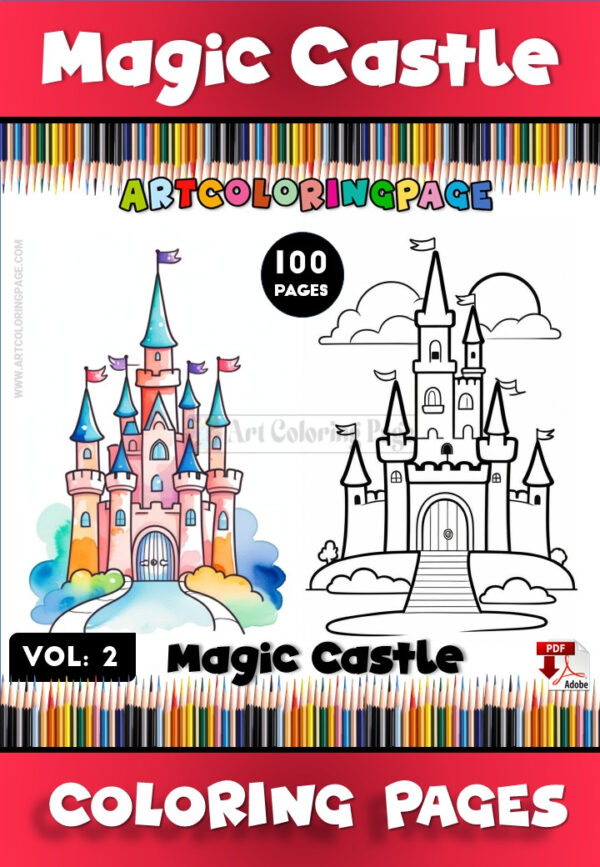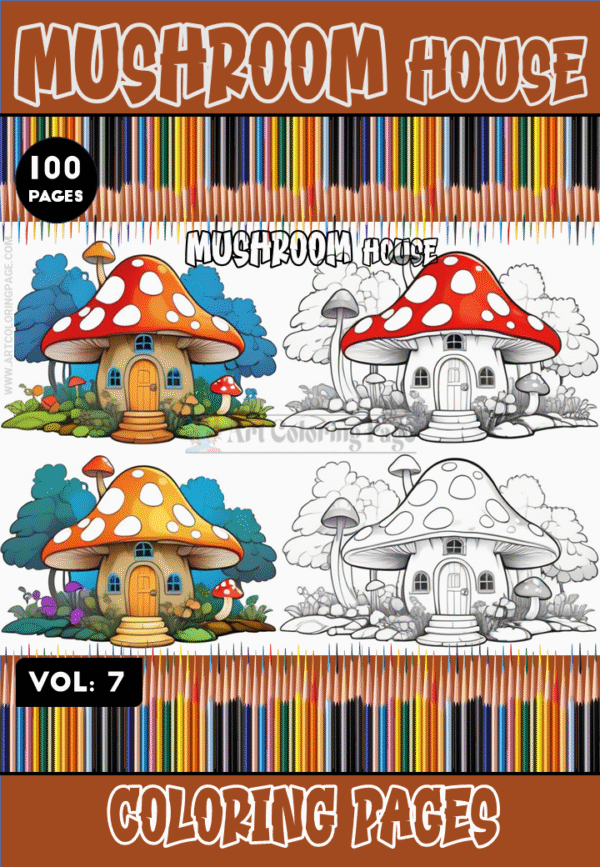Blogs coloring page
Are Coloring Pages Good for Kids? The Definitive Answer
Discover why coloring pages good for kids are more than just fun! This comprehensive guide explores the profound cognitive, motor, emotional, and social benefits of coloring for children. Learn how these simple activities foster creativity, improve focus, and prepare kids for academic success. Find out if are colouring pages good for kids and where to find the best resources, including artcoloringpage.
I. The Enduring Question: Are Coloring Pages Good for Kids?
For generations, coloring pages have been a ubiquitous presence in childhood, a go-to activity for parents and educators alike. From doctor’s waiting rooms to classroom quiet corners, the sight of a child engrossed in a coloring book is a familiar one. Yet, despite their widespread use, a fundamental question often arises: are coloring pages good for kids? Is this seemingly simple pastime merely a way to keep children occupied, or does it offer deeper, more significant developmental benefits? The answer, as we will explore in this comprehensive article, leans heavily towards the latter. Coloring is far from just busywork; it is a powerful tool that nurtures a child’s growth across multiple domains, laying crucial foundations for future learning and well-being.
The appeal of coloring pages for children is undeniable. They offer an immediate sense of accomplishment, a low-pressure environment for creative expression, and a quiet escape into a world of imagination. However, the true value of these artistic endeavors extends far beyond mere entertainment. They serve as silent teachers, guiding young minds and hands through a myriad of developmental milestones. This article will delve into the multifaceted advantages of coloring, examining how it contributes to cognitive, motor, emotional, and social development. We will provide a definitive answer to the question, “Why are coloring pages good for kids?” by exploring the scientific and anecdotal evidence that supports their inclusion in a child’s daily activities. By the end, you’ll have a clear understanding of why these humble sheets of paper are indeed a valuable asset in nurturing a child’s holistic development.
II. Cognitive Development Through Coloring
Coloring is a deceptively simple activity that engages various cognitive functions, making it an excellent exercise for a child’s developing brain. It’s not just about filling in shapes; it’s about making choices, understanding patterns, and focusing attention.
A. Enhancing Focus and Concentration
In an increasingly distracting world, the ability to focus is a critical skill. Coloring pages provide a structured activity that encourages sustained attention. Children must concentrate on staying within the lines, choosing appropriate colors, and completing a task. This sustained engagement helps to lengthen their attention span, a vital prerequisite for academic success. As they work on more intricate designs, their ability to concentrate for longer periods naturally improves. This focused activity helps children filter out external stimuli and immerse themselves in the task at hand, building a foundation for more complex learning.
B. Boosting Problem-Solving Skills
While it might not seem obvious, coloring involves subtle problem-solving. Children decide which colors to use, how to blend them, and how to approach different sections of a drawing. They might encounter a complex area and strategize the best way to color it without going outside the lines. These small decisions contribute to the development of critical thinking and problem-solving abilities. For instance, a child might decide to color a tree with shades of green and brown, then consider how to make the leaves look distinct from the trunk, requiring a mini-problem-solving approach.
C. Fostering Creativity and Imagination
Contrary to the misconception that coloring stifles creativity by providing pre-drawn outlines, it actually nurtures it. Within the boundaries of a coloring page, children have complete freedom to choose colors, experiment with combinations, and even add their own details. A blue elephant or a purple sun might seem unconventional, but these choices are pure expressions of a child’s imagination. Coloring provides a safe space for creative exploration without the pressure of having to draw something from scratch, making it an ideal starting point for artistic expression. It allows them to visualize and bring their unique interpretations to life.
D. Developing Color Recognition and Theory
Coloring pages are an excellent tool for teaching children about colors. They learn to identify primary and secondary colors, understand shades and tints, and even begin to grasp basic color theory concepts like warm and cool colors. As they experiment with different hues, they develop an intuitive understanding of how colors interact and evoke different moods. This hands-on experience with color recognition is far more engaging than simply memorizing names, making the learning process enjoyable and memorable.
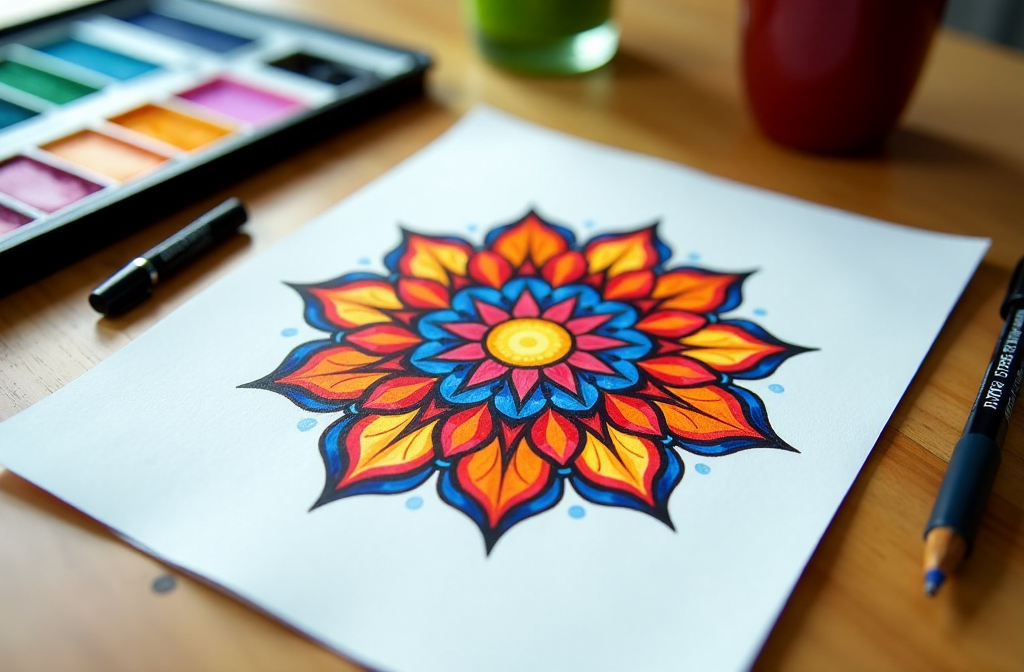
III. Fine Motor Skills and Hand-Eye Coordination
The physical act of coloring is incredibly beneficial for developing a child’s fine motor skills and hand-eye coordination, which are essential for a wide range of daily activities and academic tasks.
A. Strengthening Hand Muscles and Grip
Holding a crayon, pencil, or marker and applying pressure to color within lines helps strengthen the small muscles in a child’s hands and fingers. This grip development is crucial for tasks like holding utensils, buttoning clothes, and eventually, writing. The repetitive motion of coloring acts as a gentle exercise, building endurance and control in their hands. As children progress from chunky crayons to thinner pencils, their grip refines, preparing them for more precise movements.
B. Improving Dexterity and Precision
Coloring requires a degree of precision to stay within the lines, especially as designs become more intricate. This practice hones a child’s dexterity, improving their ability to make small, controlled movements with their hands and fingers. The coordination between what their eyes see and what their hands do is constantly being refined, leading to better control over their movements. This improved precision translates directly into other activities requiring fine motor control, such as cutting with scissors or manipulating small objects.
C. Preparing for Handwriting and Drawing
Perhaps one of the most significant motor benefits of coloring is its direct contribution to handwriting readiness. The grip, hand strength, and fine motor control developed through coloring are all foundational skills for learning to write. Children learn to control the pressure they apply, the direction of their strokes, and the precision needed to form letters and numbers. Similarly, it builds a strong base for freehand drawing, as they become more confident in controlling their drawing tools. As occupational therapist, Sarah A. Smith, often emphasizes, “Coloring is a pre-writing activity that strengthens the muscles needed for proper pencil grip and letter formation.”
D. The Link Between Coloring and Practical Skills
Beyond academic tasks, the fine motor skills developed through coloring extend to various practical life skills. From tying shoelaces to zipping up coats, many everyday activities require precise hand movements. By engaging with coloring pages good for kids, children are not only having fun but also building the foundational physical abilities that will serve them throughout their lives. This holistic development underscores why are colouring page from a practical standpoint.
IV. Emotional and Psychological Benefits
Beyond the tangible skills, coloring offers profound emotional and psychological advantages for children, providing a safe outlet for expression and fostering a sense of well-being.
A. Stress Reduction and Relaxation
Just as with adults, coloring can be a powerful stress reliever for children. The focused, repetitive nature of the activity can be calming and meditative, helping children to unwind and process their emotions. It provides a quiet escape from overstimulation or anxieties, allowing them to relax and find a sense of peace. In a world that can often feel overwhelming, a simple coloring page offers a comforting and predictable activity that promotes tranquility. This makes coloring pages good for kids who might be experiencing stress or anxiety.
B. Encouraging Self-Expression and Emotional Release
Coloring provides a non-verbal avenue for self-expression. Children can choose colors that reflect their mood, or use the act of coloring to process feelings they might not yet be able to articulate. A child feeling angry might choose bold, aggressive colors, while a happy child might opt for bright, cheerful hues. This creative outlet allows for emotional release and helps children understand and communicate their inner world. It’s a safe space where there are no “wrong” answers, only personal interpretations.
C. Building Self-Esteem and Confidence
Completing a coloring page, especially a challenging one, gives children a tangible sense of accomplishment. This feeling of success boosts their self-esteem and confidence in their abilities. They see the direct result of their effort and creativity, which encourages them to take on new challenges. The positive reinforcement from parents or teachers admiring their finished artwork further reinforces this sense of pride. This positive feedback loop is crucial for developing a healthy self-image.
D. Promoting Patience and Perseverance
Many coloring pages, particularly those with intricate details, require patience and perseverance to complete. Children learn that sustained effort leads to a rewarding outcome. They develop the ability to stick with a task, even when it’s challenging, and to see it through to completion. This cultivation of patience and perseverance is a valuable life skill that extends far beyond the coloring table, impacting their approach to schoolwork, hobbies, and future challenges.
V. Language and Communication Skills
Coloring pages can serve as excellent prompts for developing a child’s language and communication abilities, transforming a quiet activity into an interactive learning experience.
A. Expanding Vocabulary (Colors, Objects, Actions)
As children color, they naturally engage with new vocabulary. They learn the names of colors, the objects depicted in the coloring page (animals, vehicles, characters), and actions associated with coloring (e.g., “scribble,” “shade,” “outline”). Parents and educators can actively participate by asking questions like, “What color are you using for the sky?” or “What is the bear doing in this picture?” This interaction reinforces language acquisition.
B. Encouraging Storytelling and Narrative Development
A coloring page can be a springboard for imaginative storytelling. Once a child has colored a scene, they can be encouraged to describe what’s happening in the picture, who the characters are, and what might happen next. This prompts them to develop narrative skills, organize their thoughts, and express themselves verbally. For example, a coloring page of a farm might lead to a story about the animals’ daily adventures.
C. Facilitating Discussion and Interaction
Coloring can be a shared activity that fosters communication between children and adults, or among peers. Discussing color choices, sharing techniques, or simply talking about the image itself encourages dialogue and social interaction. It provides a low-pressure environment for children to practice their conversational skills, listen to others’ ideas, and articulate their own. This makes coloring pages good for kids in a social context.
VI. Academic Readiness and Learning
Beyond the general developmental benefits, coloring pages play a significant role in preparing children for formal academic settings and reinforcing key learning concepts.
A. Reinforcing Concepts (Numbers, Letters, Shapes)
Many coloring pages good for kids are specifically designed to be educational. They feature numbers, letters of the alphabet, geometric shapes, or even simple math problems that children can color while learning. This visual and kinesthetic approach to learning helps reinforce concepts taught in preschool or early elementary grades, making abstract ideas more concrete and engaging. For instance, a page might ask a child to color all the “A”s red and all the “B”s blue.
B. Visual Learning and Memory Retention
Coloring engages visual learning pathways. When children color an image, they are actively processing visual information, which can aid in memory retention. For example, coloring a map of the world can help them remember the shapes and locations of continents. The act of coloring creates a stronger mental association with the information, making it easier to recall later. This hands-on visual engagement is particularly effective for young learners.
C. Preparing for Structured Learning Environments
The act of sitting down, focusing on a task, and following instructions (like “color the apple red”) helps prepare children for the structured environment of a classroom. It teaches them to complete assignments, manage their time, and work independently. While coloring is fun, it also instills a sense of discipline and task completion that is vital for academic success. This gentle introduction to structured learning makes coloring pages good for kids transitioning to school.
D. The Role of Themed Coloring Pages in Education
Themed coloring pages can be integrated into various educational curricula. For a science lesson, children might color pages depicting the life cycle of a butterfly. For a history lesson, they could color images of historical figures or events. This cross-curricular application makes learning more interactive and memorable, allowing children to engage with subjects in a creative and personal way.
VII. Social Development and Interaction
While often seen as a solitary activity, coloring can also be a powerful tool for fostering social development and encouraging positive interactions among children.
A. Collaborative Coloring Activities
Many large-format or mural-style coloring pages good for kids are designed for collaborative coloring. Children can work together on a single large piece, learning to share space, negotiate color choices, and contribute to a collective artwork. This fosters teamwork and a sense of shared accomplishment. Even with individual pages, children often sit together, sharing crayons and discussing their progress.
B. Sharing and Taking Turns
When coloring in a group setting, children naturally learn the importance of sharing coloring tools and taking turns. This practical application of social rules helps them develop empathy and understanding for others’ needs. It’s a low-stakes environment to practice essential social etiquette that will serve them well in all aspects of life.
C. Discussing Art and Ideas with Peers
Coloring provides a common ground for children to discuss their art, their ideas, and their creative choices with peers. They can admire each other’s work, offer suggestions, and engage in conversations about the images they are coloring. This interaction builds communication skills and helps children develop an appreciation for diverse perspectives.
D. Building Bonds Through Shared Creative Experiences
Engaging in a creative activity like coloring together can strengthen bonds between children. It creates shared experiences and memories, fostering friendships and a sense of belonging. Whether it’s a playdate, a classroom activity, or a family gathering, coloring can be a simple yet effective way to connect and build relationships.
VIII. Choosing the Right Coloring Pages for Kids
To maximize the benefits, it’s important for parents and educators to select appropriate and engaging coloring pages good for kids. Not all coloring pages are created equal, and thoughtful selection can make a significant difference.
A. Age-Appropriate Designs and Complexity
For younger children, opt for colouring page with large, simple outlines and fewer intricate details. This allows them to practice basic motor skills without frustration. As children grow, gradually introduce more complex designs with smaller areas to color, which will challenge their fine motor control and concentration. The key is to provide a level of challenge that is stimulating but not overwhelming.
B. Diverse Themes and Subjects
Offer a wide variety of themes to keep children engaged and to expose them to different concepts. Include animals, nature scenes, vehicles, characters, educational themes (letters, numbers, shapes), and cultural designs. This diversity not only maintains interest but also expands their knowledge base and vocabulary. A child interested in dinosaurs will be more engaged with a dinosaur coloring page than a generic pattern.
C. High-Quality Printables and Materials
Always aim for high-resolution coloring pages good for kids that print clearly with crisp lines. Blurry or pixelated images can be frustrating to color and may not provide the best visual learning experience. Similarly, provide good quality coloring tools – crayons that don’t break easily, pencils with strong leads, and markers that don’t dry out quickly. Quality materials enhance the overall experience and encourage continued engagement.
D. The Importance of Engaging Content
Ultimately, the best coloring pages are those that genuinely engage a child’s interest. Observe what themes or characters your child gravitates towards and seek out coloring pages that align with those interests. When a child is truly interested in the subject matter, they are more likely to invest their time and effort, leading to greater developmental benefits.
IX. Practical Tips for Parents and Educators
Parents and educators play a crucial role in facilitating a positive and beneficial coloring experience for children. A few simple strategies can enhance the developmental impact of coloring pages good for kids.
A. Creating a Conducive Coloring Environment
Set up a comfortable and well-lit space where children can color without distractions. Ensure they have a flat surface to work on and easy access to their coloring tools. A dedicated “art corner” can signal that coloring is a valued activity and encourage regular engagement. Good lighting is essential to prevent eye strain and allow for accurate color perception.
B. Encouraging Exploration, Not Perfection
While staying within the lines is a motor skill, emphasize creativity and enjoyment over perfection. Encourage children to experiment with colors, even if their choices are unconventional. Praise their effort and imagination rather than focusing solely on the neatness of their work. This fosters a growth mindset and prevents them from feeling discouraged by perceived mistakes. Remind them that the process is as important as the product.
C. Integrating Coloring into Daily Routines
Make coloring a regular part of your child’s day. It can be a quiet activity before bedtime, a calming transition after active play, or a creative break during homework. Consistency helps children develop a routine and look forward to their coloring time. Even 15-20 minutes of focused coloring can yield significant benefits.
D. Providing a Variety of Coloring Tools
Offer a range of coloring tools beyond just crayons. Introduce colored pencils, markers, pastels, or even watercolors (with supervision). Each medium offers a different tactile experience and allows for varied artistic effects, further developing fine motor skills and encouraging experimentation. This variety keeps the activity fresh and exciting.
X. Addressing Common Concerns and Misconceptions
Despite the numerous benefits, some common concerns and misconceptions about coloring pages persist. It’s important to address these to fully understand why are coloring pages good for kids.
A. “Is it just busywork?” – The Deeper Purpose
One common misconception is that coloring is merely “busywork” to keep children occupied. As we’ve explored, this is far from the truth. While it does provide a quiet activity, its primary purpose extends to fostering cognitive, motor, emotional, and social development. It’s a purposeful engagement that builds foundational skills, not just a time-filler. The quiet focus it provides is a valuable skill in itself.
B. “Does it stifle creativity?” – Balancing Structure and Freedom
Another concern is that pre-drawn outlines stifle a child’s creativity. However, this perspective overlooks the freedom of choice within the structure. Children choose colors, shading, and even add their own elements. Coloring can be a stepping stone to freehand drawing, building confidence and skill before tackling a blank page. It provides a framework within which creativity can flourish, rather than being limited. As many art educators suggest, a balance between structured activities like coloring and free-form drawing is ideal for holistic artistic development.
C. “Screen time vs. coloring” – A Healthy Alternative
In an age dominated by screens, coloring offers a valuable, hands-on alternative to digital entertainment. It provides a tactile experience that engages different parts of the brain and encourages real-world interaction with materials. While digital coloring apps exist, traditional coloring pages offer a break from glowing screens and promote a different kind of engagement, contributing to a balanced approach to play and learning. This makes colouring page for kids as a healthy counterpoint to excessive screen time.
XI. The Role of artcoloringpage in Kids’ Development
When seeking high-quality, beneficial coloring pages good for kids, one resource stands out as a premier destination: artcoloringpage. This website is specifically designed to support children’s development through engaging and diverse artistic content.
A. A Premier Resource for High-Quality Kids’ Coloring Pages
artcoloringpage offers an extensive collection of meticulously designed coloring pages tailored specifically for children. The quality of the line art is consistently high, ensuring clear, crisp images that are easy for little hands to navigate. From simple, bold outlines for toddlers to more detailed scenes for older children, the site provides a range of complexity levels to match every developmental stage. This commitment to quality ensures that children are engaging with materials that truly support their learning and artistic growth.
B. Diverse Categories for Every Age and Interest
The breadth of themes available on artcoloringpage is remarkable. You can find everything from beloved animals and fantastical creatures to educational pages featuring letters, numbers, and shapes. There are also pages depicting everyday life, holidays, and various professions, allowing children to explore different aspects of the world around them. This diverse categorization makes it incredibly easy for parents and educators to find coloring pages good for kids that align with a child’s specific interests or current learning objectives, keeping them engaged and excited about coloring.
C. Easy Access to Educational and Fun Content
One of the greatest advantages of artcoloringpage is its user-friendly interface and easy accessibility. Parents can quickly browse, select, and print high-quality coloring pages from the comfort of their home. This convenience means that a fresh supply of engaging and educational content is always just a few clicks away, making it simple to integrate coloring into daily routines. The site’s dedication to providing free, high-quality resources makes it an invaluable tool for fostering children’s development through art.
XII. Conclusion: Affirming the Value of Coloring Pages for Kids
In conclusion, the answer to the question, “are coloring pages good for kids?” is an unequivocal yes. Far from being a mere distraction, coloring pages are powerful developmental tools that contribute significantly to a child’s holistic growth. They are instrumental in enhancing cognitive abilities such as focus, problem-solving, and creativity. They are foundational for developing crucial fine motor skills and hand-eye coordination, preparing children for handwriting and other practical tasks. Emotionally, coloring provides a safe space for stress reduction, self-expression, and building confidence. Socially, it encourages interaction, sharing, and collaborative play. Academically, it reinforces learning concepts and prepares children for structured educational environments.
The simple act of picking up a crayon and filling a space with color is a profound journey of discovery for a child. It’s a journey that nurtures their mind, strengthens their hands, calms their spirit, and sparks their imagination. As parents and educators, embracing coloring as a valuable developmental activity is a simple yet impactful way to support the children in our lives. Provide them with diverse, age-appropriate, and high-quality coloring pages good for kids, and witness the remarkable benefits unfold. For an exceptional collection of such resources, we wholeheartedly recommend exploring artcoloringpage. Visit today and empower the young artists in your life to color their way to a brighter, more creative future!
